
Antibiotics
.pdf
Some drugs have a narrow spectrum of
microbial activity, or range of different microbial types they affect. Penicillin G, for example, affects gram-positive bacteria but very few gram-negative bacteria. Antibiotics that affect a broad range of gram-positive or gram-negative bacteria are therefore called broad·spectrum antibiotics.
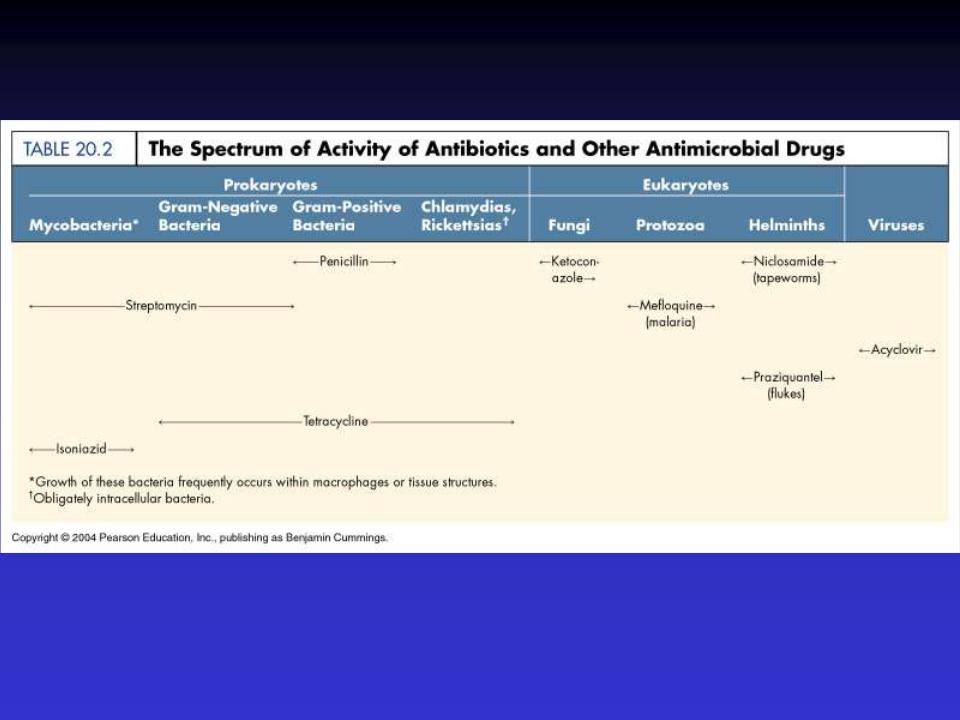
Antibiotic Spectrum of Activity
•No antibiotic is effective against all microbes

Mechanisms of
Antimicrobial Action
•Bacteria have their own enzymes for
–Cell wall formation
–Protein synthesis
–DNA replication
–RNA synthesis
–Synthesis of essential metabolites

Mechanisms of
Antimicrobial Action
•Viruses use host enzymes inside host cells
•Fungi and protozoa have own eukaryotic enzymes
•The more similar the pathogen and host enzymes, the more side effects the antimicrobials will have

IIis comparatively easy to find or develop drugs that are effective against prokaryotic cells and that do not affect the eukaryotic cells of humans. These two cell types differ substantially in many ways, such as in the presence or absence of cell walls, the fine structure of their ribosomes, and details of their metabolism. Thus, selective toxicity has numerous targets.
The problem is more difficult when the pathogen is a eukaryotic cell, such as a fungus, protozoan, or helminth. At the cellular level, these organisms resemble the human cell much more closely than a bacterial cell does.
Viral infections are particularly difficult to treat because the pathogen is within the human host's cells and because the genetic information of the virus is directing the human cell to make viruses rather than to synthesize normal cellular materials.
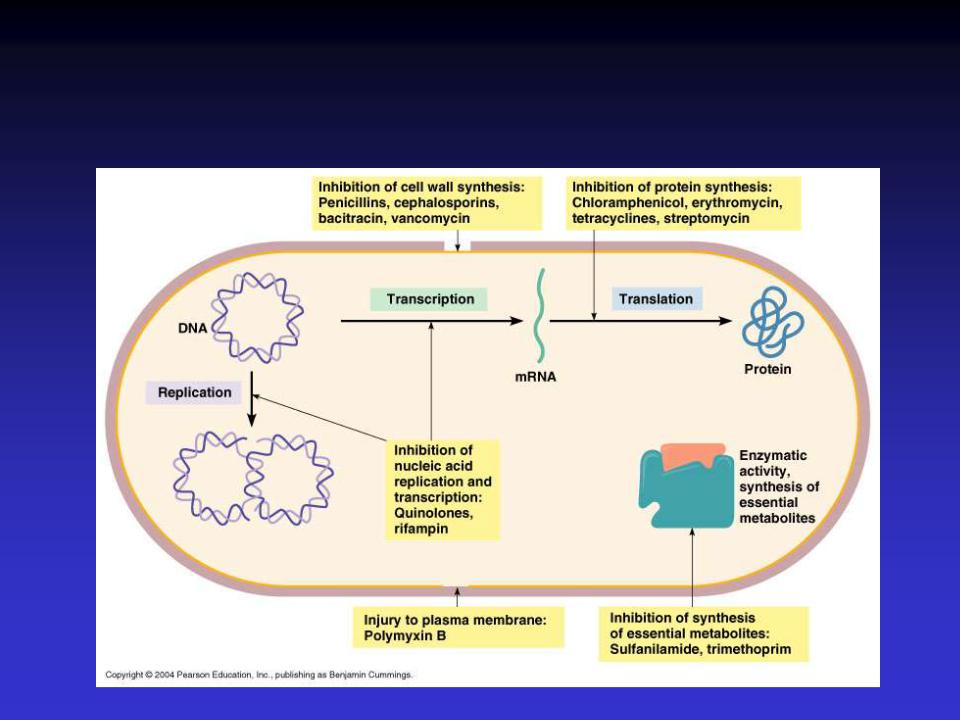
Modes of Antimicrobial Action
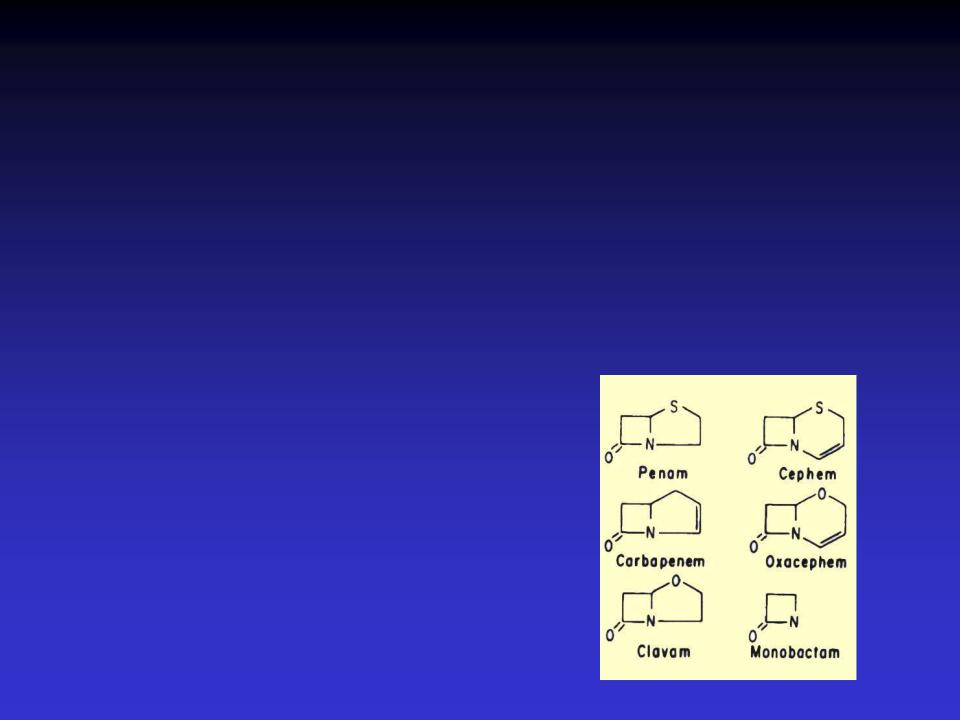
Antibacterial Antibiotics
Inhibitors of Cell Wall Synthesis
•Since bacteria have a cell wall made up of repeating units of peptidoglycan and human cells lack this feature, it would seem that the bacterial cell wall presents an ideal target for chemotherapy. Indeed, this has been the case; the following antibiotics have been developed as inhibitors of cell wall synthesis:
•A. b-lactam antibiotics

Antibacterial Antibiotics
Inhibitors of Cell Wall Synthesis
•Penicillin (over 50 compounds)
–Share 4-sided ring (β lactam ring)
•Natural penicillins
•Narrow range of action
•Susceptible to penicillinase (β lactamase)
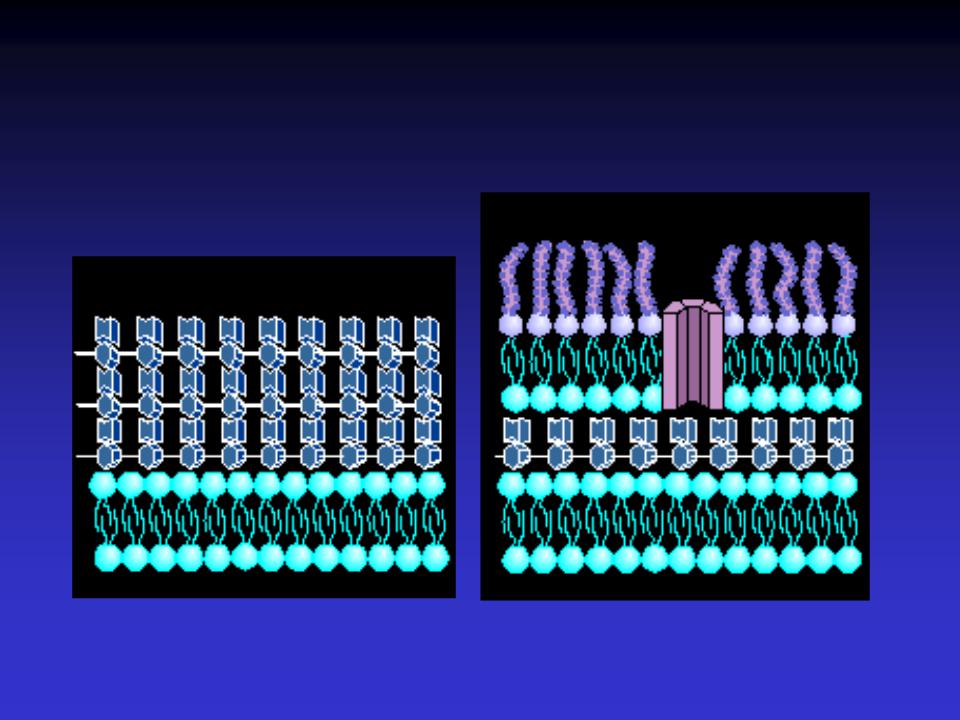
Prokaryotic Cell Walls
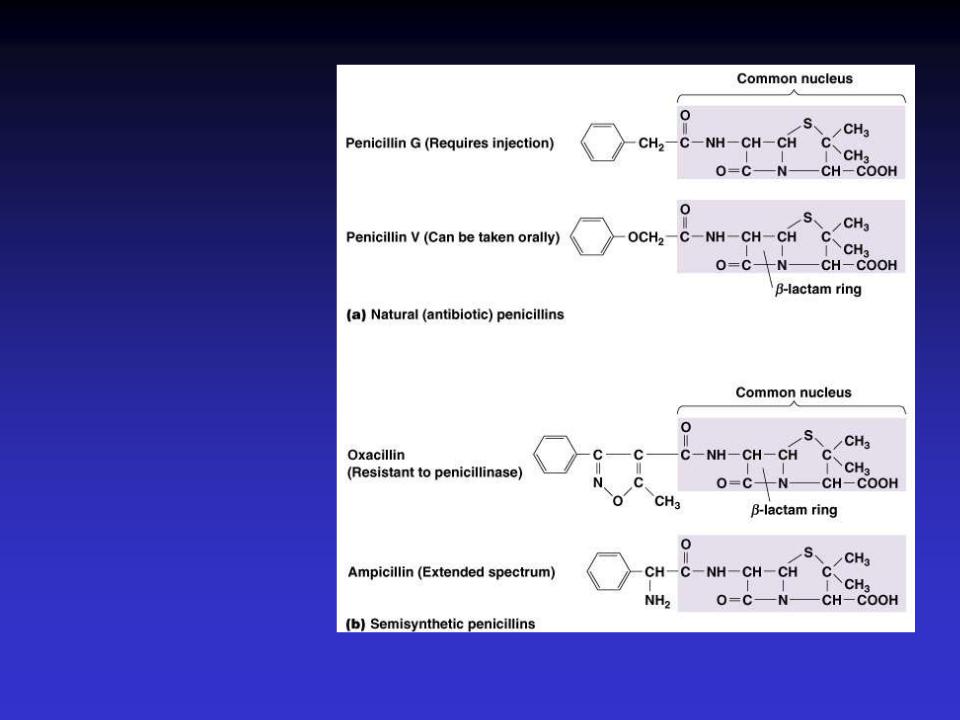
Penicillins
Figure 20.6
